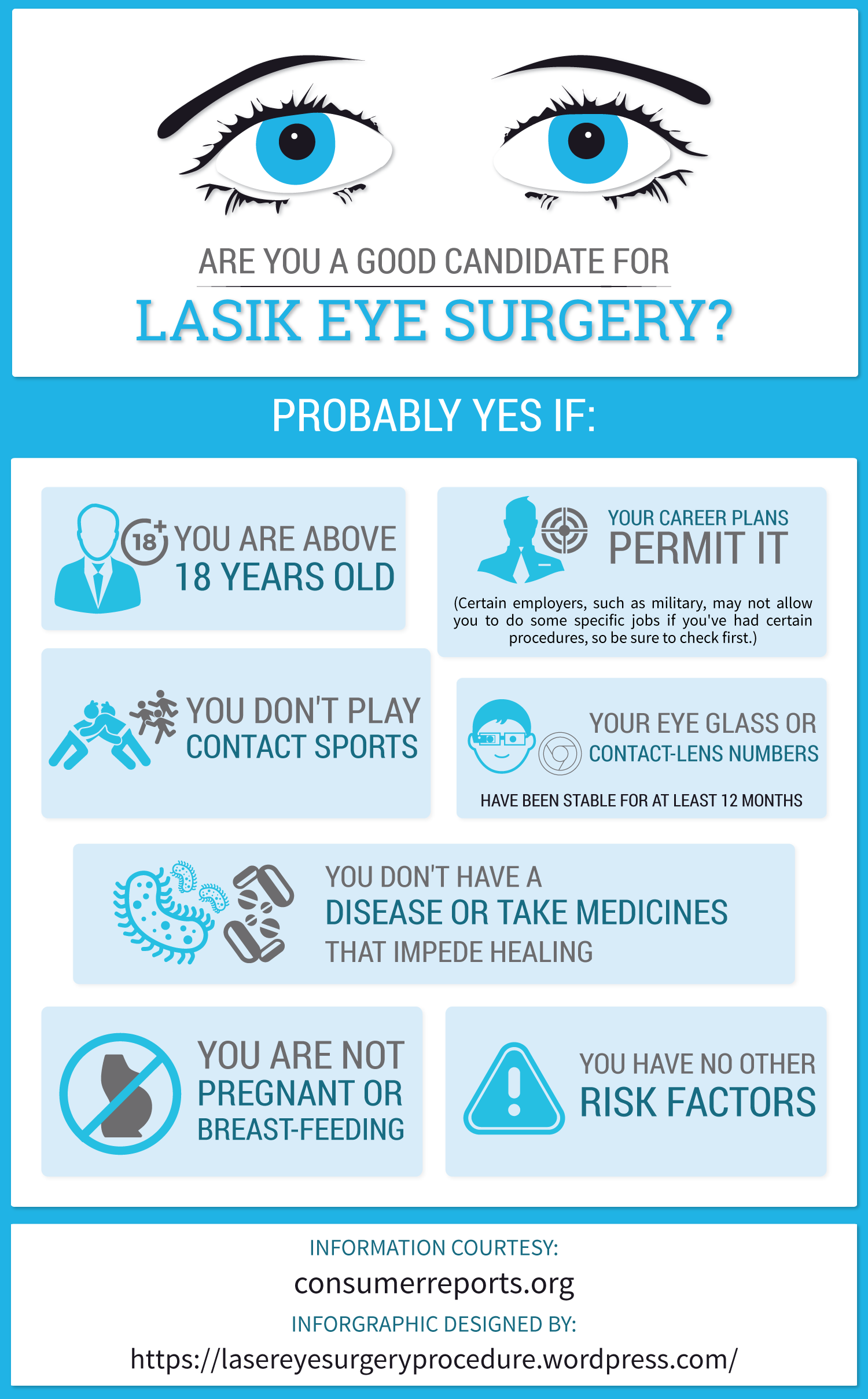Checking Out Conventional Vs. Innovative Glaucoma Treatment Methods
Checking Out Conventional Vs. Innovative Glaucoma Treatment Methods
Blog Article
Material Author-Johannesen Mcfadden
Did you understand that the evolution of glaucoma therapy methods spans centuries, encompassing both typical treatments and cutting-edge advancements? From old organic concoctions to advanced Minimally Invasive Glaucoma Surgery strategies, the range of alternatives is vast. As you look into the intricacies of traditional versus ingenious techniques, you might reveal unexpected insights that challenge traditional viewpoints on treating this common eye problem.
Historic Development of Glaucoma Treatments
The historical evolution of glaucoma treatments goes back to ancient human beings where different treatments were used to handle the problem. In old Egypt, as an example, therapies included a combination of honey, fat, and sour milk related to the eyes. The Greeks and Romans additionally contributed to very early glaucoma therapies with a focus on topical applications and dietary interventions. Throughout history, varied societies created unique strategies to reduce the symptoms of glaucoma, usually rooted in organic remedies and superstitious notions.
As time advanced, innovations in medical understanding resulted in more methodical methods to dealing with glaucoma. In The Center Ages, Arabic scholars made substantial payments by studying the composition of the eye and developing surgical methods to resolve eye problems. These very early technologies laid the structure for contemporary glaucoma treatments that we've today. Understanding the historical context of glaucoma therapies provides valuable understandings right into the constant progress and refinement of clinical practices over the centuries.
Contrast of Standard Approaches
In contrasting traditional techniques for treating glaucoma, consider the historic contexts and performance of numerous remedies.
Conventional therapies for glaucoma have actually progressed over centuries, from ancient techniques like using honey and a glass of wine to more current advancements such as eye drops and surgeries. Historically, treatments like the application of leeches or herbal mixtures were used to minimize signs and symptoms, however their efficiency was limited.
As time advanced, strategies like iridectomy, where a part of the iris is removed, came to be prominent for reducing intraocular pressure. Some typical approaches, like making use of dental drugs to minimize eye stress, have actually stood the test of time and are still utilized today. Nevertheless, these therapies typically feature adverse effects and might not be as efficient as modern choices.
It's essential to evaluate the historical importance of traditional glaucoma treatments versus their efficacy in the context of existing clinical developments.
Evaluation of Ingenious Therapy Approaches
Taking into consideration the evolving landscape of glaucoma therapy, ingenious techniques are reinventing the way this eye condition is taken care of.
One noteworthy advancement is minimally intrusive glaucoma surgery (MIGS), which offers a much less intrusive option to conventional procedures. MIGS aims to decrease intraocular pressure by enhancing the eye's natural drain system, resulting in fewer difficulties and faster recovery times compared to conventional surgical treatments.
In addition, the advancement of sustained-release medicine delivery systems has supplied a much more effective method to provide glaucoma drug. https://lasikeyecenter27384.qodsblog.com/27716342/checking-out-the-current-technologies-in-advanced-cataract-surgical-treatment-modern-technology can launch drug slowly over an extensive duration, enhancing individual adherence and reducing the frequency of eye declines.
Furthermore, emerging technologies like selective laser trabeculoplasty (SLT) provide a non-invasive choice for reducing intraocular pressure by targeting particular cells in the eye's drainage system.
Conclusion
As you reflect on the development of glaucoma therapies, you can see exactly how typical techniques have led the way for cutting-edge approaches to arise.
From https://www.webmd.com/a-to-z-guides/features/over-the-counter-hearing-aids-pros-and-cons to modern developments, the trip of treating this complex eye problem has actually been like a rollercoaster trip.
But with new methods like MIGS and sustained-release medication delivery, the future looks brighter than ever for individuals seeking efficient and less intrusive services.
